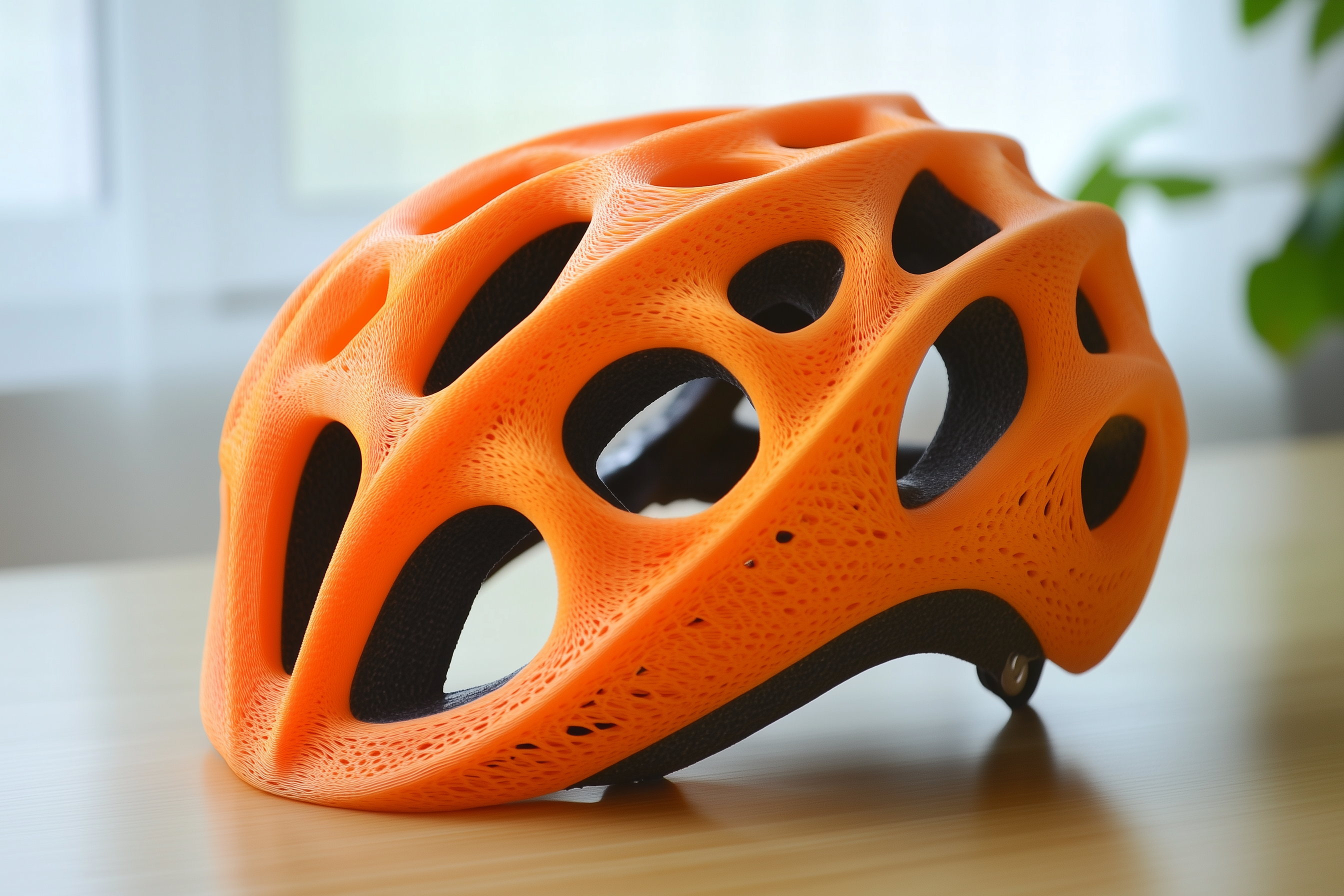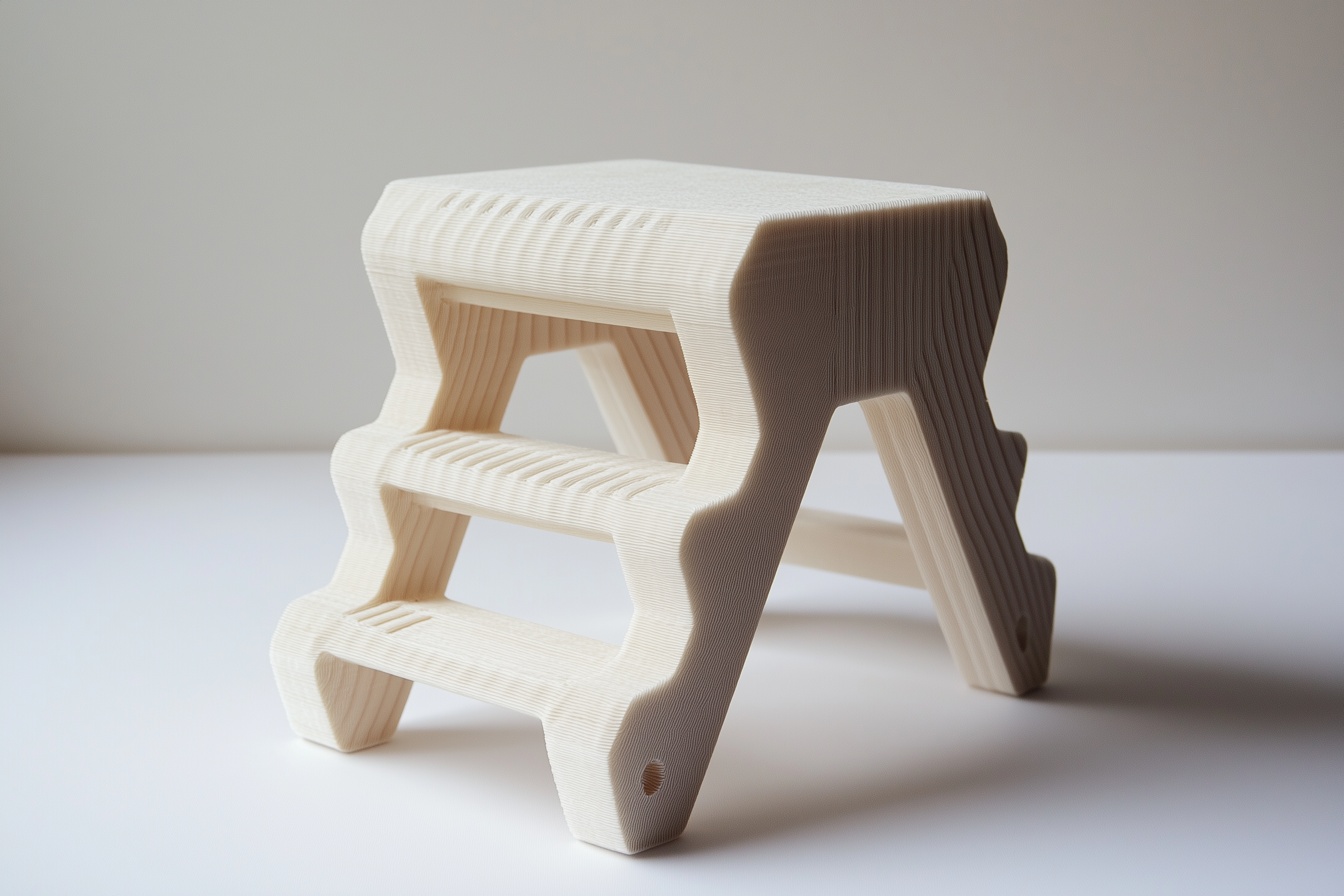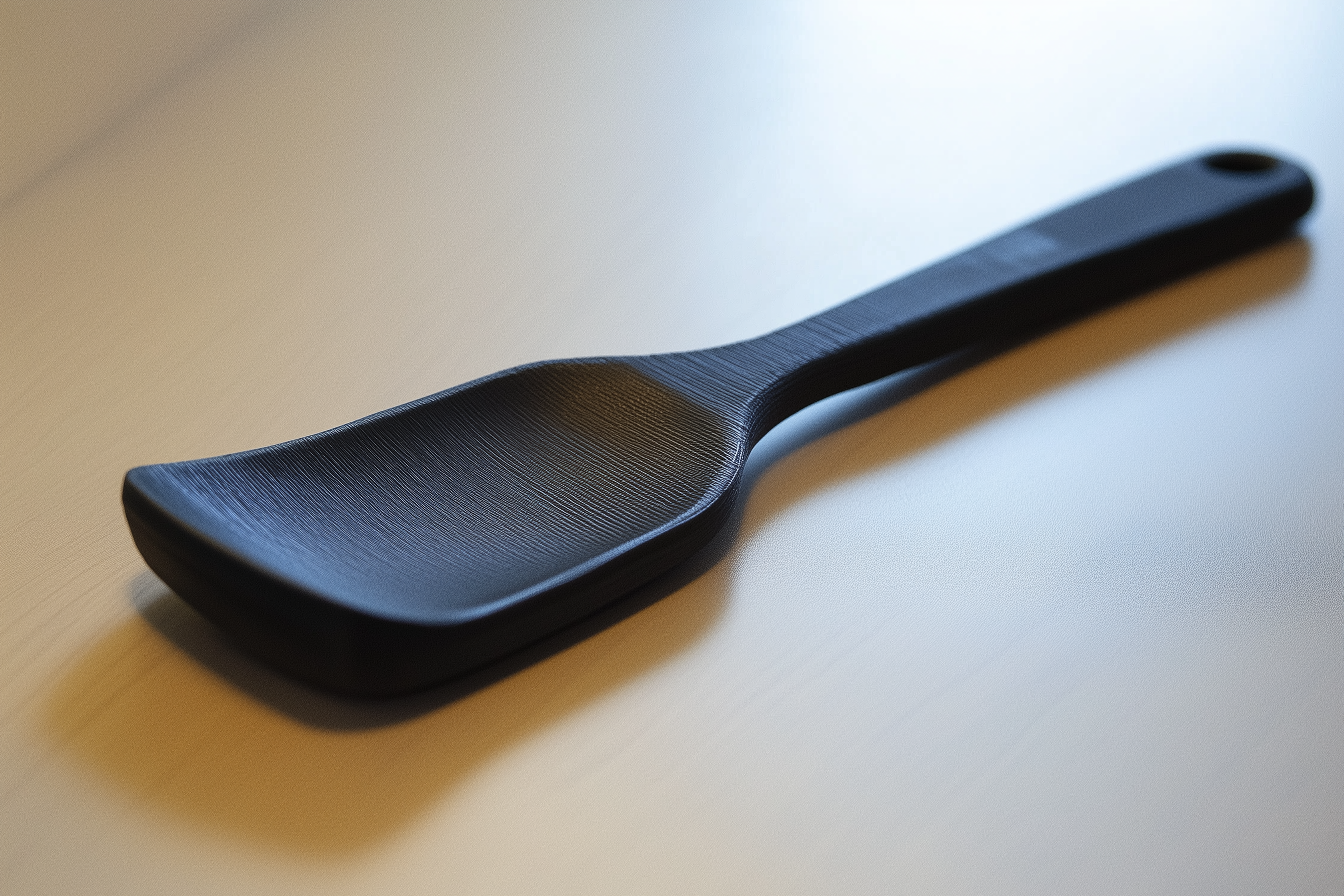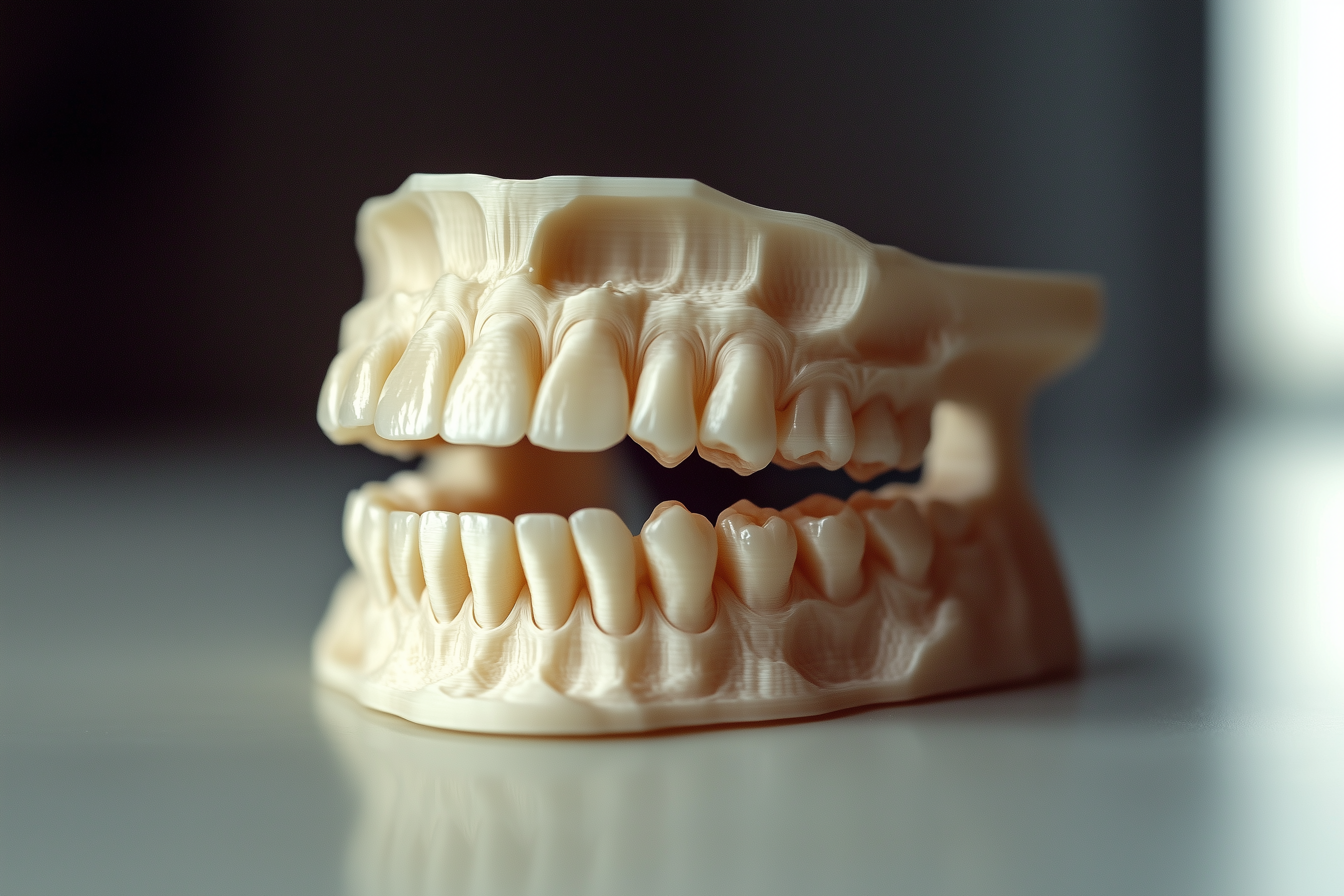
Home 3D Printer Essentials: Why Certain Items Are Best Avoided on Your Desk

Home 3D Printer Essentials: Why Certain Items Are Best Avoided on Your Desk
Having a 3D printer is great! You can make just about anything you can imagine, as long as it’s made from something that comes in the form of a filament. However, there are limits to what you should bring into the world from your imagination. For example, it’s probably a bad idea to print any of these.
1 Bike Helmets

Sydney Louw Butler / How-To Geek / MidJourney
I’m lucky enough to have a Creality K1 Max , which has a print bed large enough to print helmets that fit on a human head. That makes it perfect for cosplayers who want to print Stormtrooper helmets from Star Wars, but it also makes it tempting to try your hand at printing actual functional helmets, such as for cycling or skateboarding.
While, in principle, there’s no reason a good functional helmet can’t be 3D-printed, that doesn’t mean a helmet that you print at home will be safe to use! Safety gear is produced precisely and tested extensively to ensure it will do the job. Even assuming that the model and materials you’re using were sound, there are so many things that can go wrong during a 3D print that I’d never entrust the safety of my brain to anything I printed at home.
2 Step Stools

Sydney Louw Butler / How-To Geek / MidJourney
As a general rule, my tolerance for printing load-bearing stuff on my home 3D printer is very low. It’s not the end of the world if a picture hook or laptop stand breaks, but for something critical, it’s better to steer clear. As a case in point, you’ll find more than a few examples of step stools on 3D printing model sites. These will come with exact instructions on what materials and settings to use, and then claim to support a certain maximum weight.
Again, it’s not that the designer is being malicious, but that what they achieved using their 3D printer, isn’t representative of what you’ll get with your specific setup. A step stool that fails can lead to serious injury, and commercially produced plastic step stools are so cheap, that it’s really not worth the hassle.
3 Anything That Touches Food

Sydney Louw Butler / How-To Geek / MidJourney
The two most popular plastics for 3D printing—ABS and PLA—are generally considered food safe. However, the typical filament you buy off the shelf isn’t purely made of these materials. Dyes and other additives are usually added to give different filaments unique properties. So I’d be hesitant to print, say, plastic forks and knives or food containers.
Even if you find a filament that’s explicitly labeled as food safe, that still doesn’t take into account whether your printer or its environment could contaminate the model, so it’s best not to print anything that will touch food or go in your mouth.
4 Kids’ Toys

Sydney Louw Butler / How-To Geek / MidJourney
One of the things that I enjoy most about 3D printing is being able to make my own models of aircraft , robots, and whatever else I can find online. However, these aren’t toys meant for small children.
The world of child toy safety is something I personally don’t want to touch with a 100ft pole, and all those “choking hazard” warnings on commercially produced toys aren’t just for show. Not to mention, the same issue of dyes and other additives come into play. So if you’re going to print something for a younger person, they should be someone old enough that they won’t cut themselves on sharp edges or put parts of the model in their mouth.
5 Medical Stuff

Sydney Louw Butler / How-to Geek / MidJourney
As a whole, 3D printing technology has been revolutionary in the medical field and will likely continue to bring major breakthroughs, but that doesn’t necessarily apply to your home 3D printer. Now, I don’t want to come across as being completely against the idea of printing stuff that can have medical benefits. For example, there are amazing examples of people printing prosthetic hands .
However, in those cases, the design and setup of the limbs are still supervised by medical professionals. Likewise, braces for broken bones, or anything that should be sterile are poor candidates for home 3D printing.
It won’t be long before home 3D printers are closer to the replicators from Star Trek than the plastic model machines we know today. They’ll print in multiple materials and with far more complexity, but no matter what infinite things 3D printers may one day be capable of, there will always be some things you shouldn’t try at home.
Also read:
- [New] 2024 Approved Accessible Video Ideas The Simplest 10 Concepts Everyone Can Learn to Make
- [New] In 2024, Dream Makers The Online Marvel Experience
- [Updated] 2024 Approved Mastering Product Reviews for Monetary Rewards on YouTube
- [Updated] 2024 Approved Newbie's Instalment Checklist VRecorder
- [Updated] Mold Your Own Online Giggle Piece for 2024
- Create a Unique Identity Personalize Your YouTube URL Today for 2024
- Digital Audio Born From Turntables - Audio-Tech's AT-LP120XUSB
- Download & Install Canon MX492 Printer Drivers on Windows: Complete Guide
- Evaluating the Discreet and Economical Rexing V1 Dash Camera for Safe Travels
- Experience Versatility with the Lenovo ThinkPad X12 Detachable - Featuring a Stellar Convertible Design & Top-Notch Typing Buttons
- Expert Analysis of Thermaltake's Powerful Laptop Chiller: Highly Efficient Yet Expensive
- Experts Weigh In on the Best Gaming Powerhouse - The Alienware Aurora R11
- Exploring the Reimagined World of Ratchet & Clank – A Blend of Nostalgia and Innovation Reviewed
- Get the Lowdown on Amazfit Helio Ring: Cost Analysis, Release Schedule & In-Depth Spec Sheet Reviewed
- Hulu Subscription: Essential Benefits for Content Lovers
- In 2024, Streamer's Guide Sharing Your Twitch Channel on FB
- In-Depth Review of the Reliable and Cost-Effective Samsung Galaxy A20
- Simple ways to get lost videos back from Itel A70
- Top 5 Fixes for Your Problematic Windows 10 Touch Display
- Title: Home 3D Printer Essentials: Why Certain Items Are Best Avoided on Your Desk
- Author: Steven
- Created at : 2025-02-12 18:59:19
- Updated at : 2025-02-20 00:44:37
- Link: https://buynow-marvelous.techidaily.com/home-3d-printer-essentials-why-certain-items-are-best-avoided-on-your-desk/
- License: This work is licensed under CC BY-NC-SA 4.0.